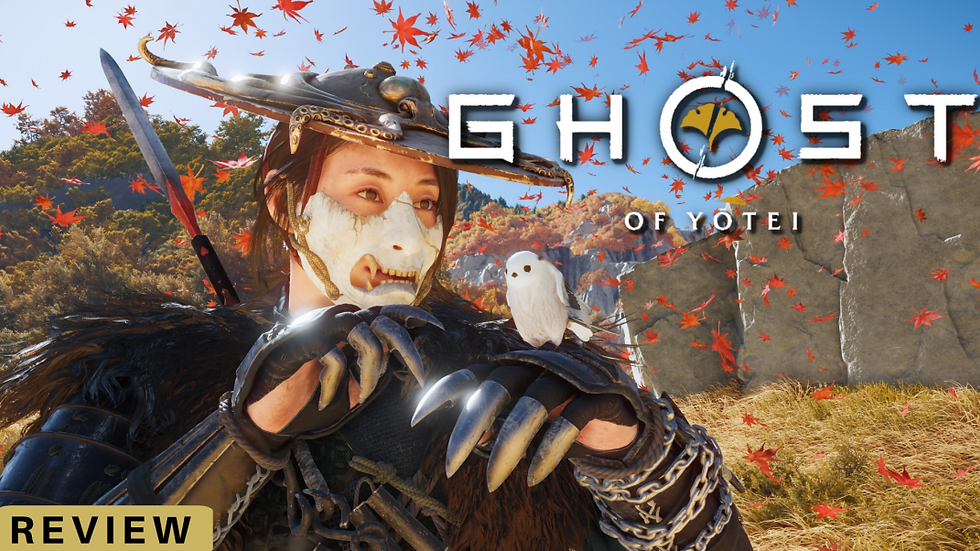Waking the Dead, why Vampire’s are rising in culture once again
- Arielle Danan

- Jul 15, 2024
- 3 min read

Society likes to hyper-focus on one thing, be irrevocably in love with it, and then move on to the next topic. Attention spans are fleeting, almost to a point where no real care is sometimes given to the thing that’s hyper-focused on. Vampires have fallen victim to this trend of fleeting care more than once, and now the creature of the undead is being focused on with laser precision. We love, and ironically fear the things and parts of history that we don’t understand. Vampires currently are at the short end of the stake, and it’s just a matter of time before the focus is off of the creatures of the night and put on to something else. Is the Love of our undead friend waning? I find it fascinating that vampires are rather underutilized in narratives’ when it comes to games. Vampires in books are thriving, and continuing to have new types of stories told. In games, however, the stories told of our undead friends are recently few and far between. I can count on my hand the number of games that vampires played a strong, impactful role. Castlevania changed the way a generation looked at vampires in games, Vampire the Masquerade: Bloodlines, (based on the TTRPG) was some of the best narrative writing in a vampire game I’ve ever seen utilizing not just Vampiric lore, but a new-age lustfulness that was implemented by Anne Rice in the 1970‘s with her cult classic phenomenon Interview with a Vampire. There is also the not-so-much discusses Blood Rayne that was a part of every millennial’s childhood. What I want to know is why are vampires at the lower receiving end of the immersive game pool than, let’s say, zombies for example. Zombies are overdone, exhausted, and dried up in more ways than one. The last good zombie game that graced our minds was The Last of Us Part One. That was a unique story where zombies were utilized in a truly creative manner. Vampires are an open casket that any writer can create a meaningful well-done story. How can we keep Vampires alive in storytelling? The richness of the lore and history of vampires is abundant, creating a game or an extension of something from history and/or pop culture isn’t difficult but has to be done with meaning so it doesn’t come across as trite or cheaply done. Blade and the upcoming sequel to Vampire the Masquerade Bloodlines are two perfect examples. The Blade movies are cult classics that take the story of the vampire and revamp it, twist it to create something new and quite frankly genius. Vampire the Masquerade is a loved TTRPG, turned video game that brings lore from vampiric history, and the grunge aesthetic of the late nineties into this mix that is purely delightful. Vampires are rising from the dead in games recently, but what scares me is that this trend will be short-lived, and then move back to the comfort zone of the zombie. Keeping vampires alive in storytelling is simple, get out of the comfort zone that people cling to because of its predictability and known success rate. Does it seem a bit backward, yes, but having new stories and worlds to explore is key in keeping things alive and discussed. The vampire is thought of as nothing but a motif, a piece of iconography to sit there and look pretty in the eyes of the player. What if we make the vampire as integral of a part of a game as Ellie is in The Last of Us, or how Aloy is in Horizon Zero Dawn? The closest we’ve come to having a vampire emotionally connect with the player is Astarion from Baulders Gate 3. Astarion is the reason why the classic vampire worked so well, and why the character is so loved. Astarions character is raw, real, and emotionally vulnerable, baring it all in front of the player. Mind, body, and soul. If we want Vampires to work in games we need them to connect with the player. We need the player to feel something when they interact with the vampire character, or it’ll never work. Emotional vulnerability is how we make the vampire last in today’s world. Who knows ten years from now it might be something completely different. Just like the Vampire, we must adapt to an ever-changing world, filled with uncertainties and questions.




Comments